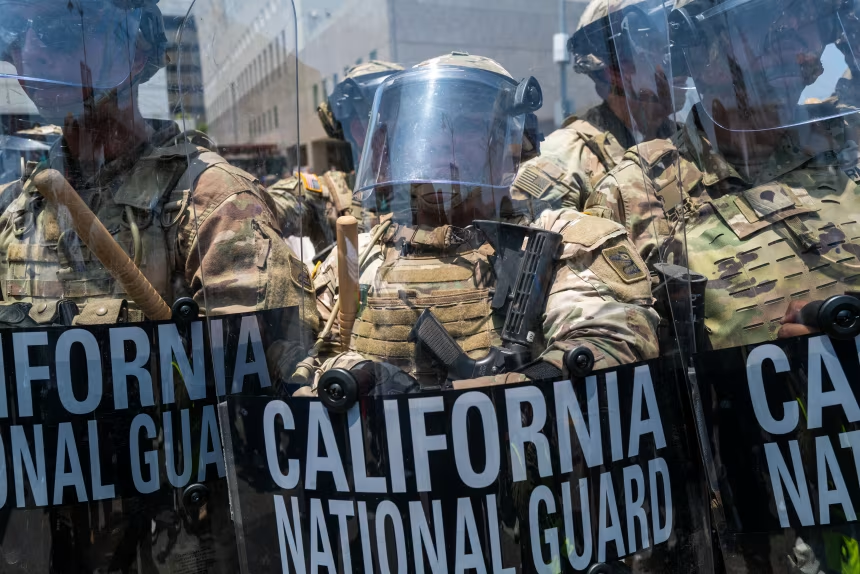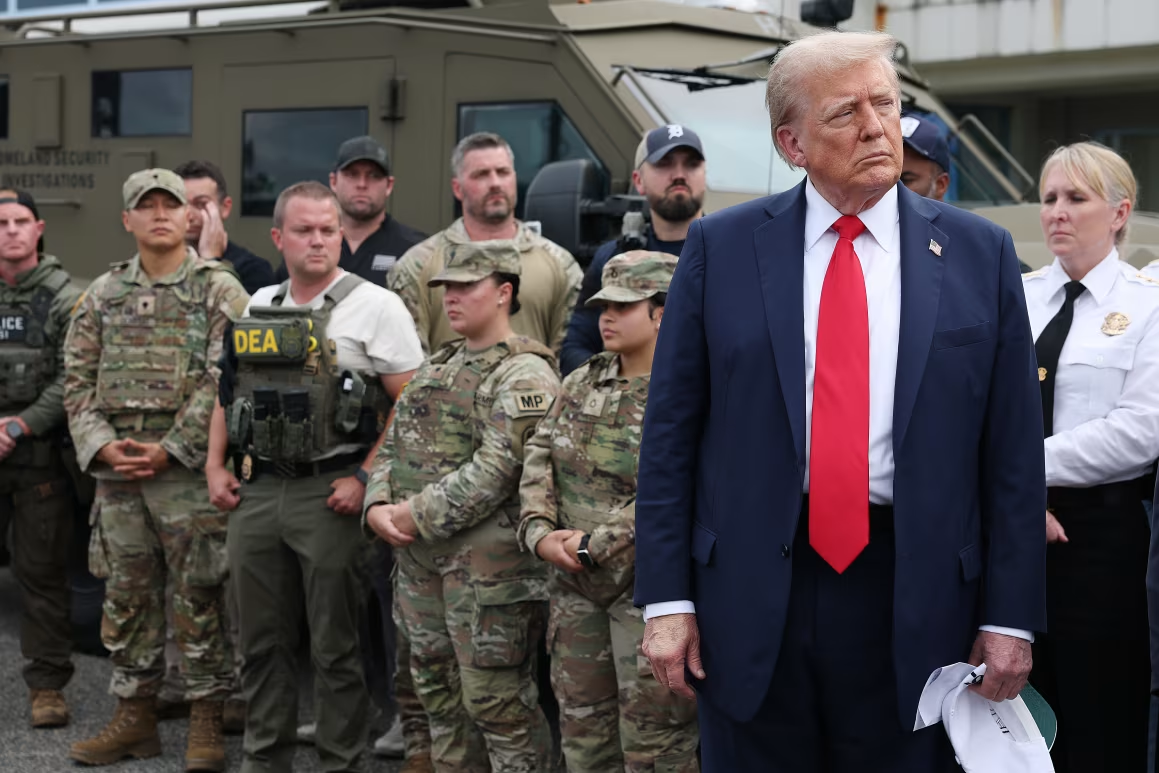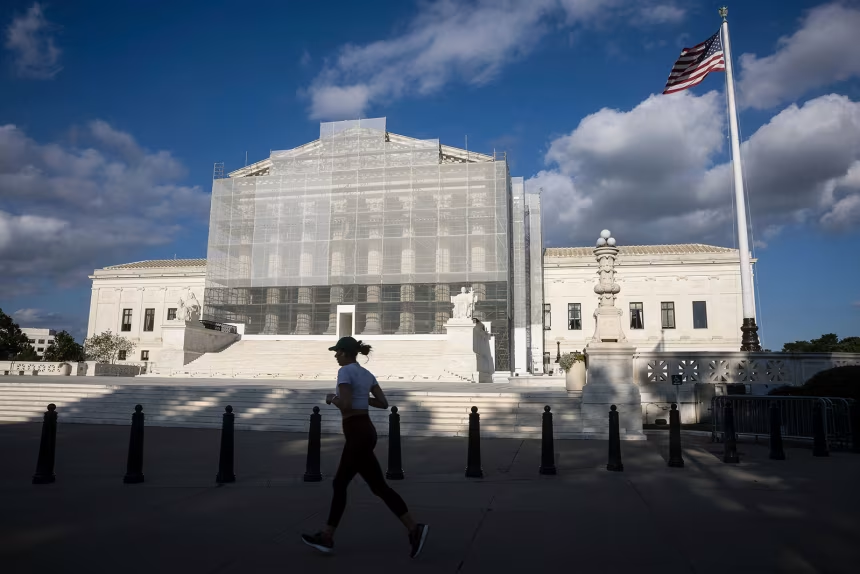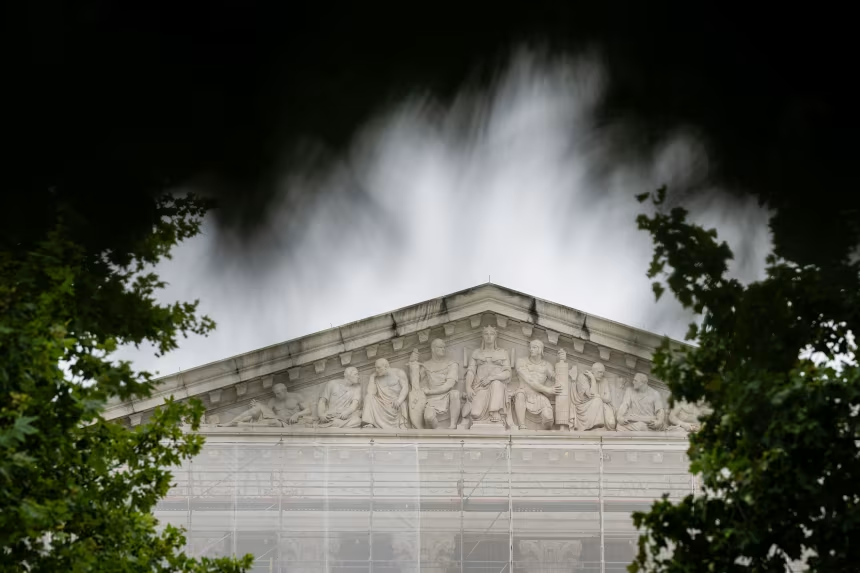In a dramatic escalation of tension between the federal government and state jurisdictions, President Trump has ordered the deployment of about 200 members of the California National Guard to Portland, Oregon, following a federal judge’s temporary block on deploying Oregon’s own Guard forces. The move triggered new legal obstacles and fierce criticism over executive overreach.
Late Sunday, U.S. District Judge Karin Immergut issued a restraining order that prevents the Trump administration from sending any National Guard troops into Oregon. Her ruling came just hours after she had blocked the deployment of Oregon’s Guard to Portland, citing insufficient evidence of the need for such intervention. In her hearing, she questioned how using forces from another state would comply with her original decision.
The Pentagon confirmed the reassignment, stating that the troops would support U.S. Immigration and Customs Enforcement (ICE) and assist federal personnel protecting federal property. But the administration’s path was immediately challenged in court by Oregon, California, and local Portland officials who filed for broader legal relief to stop what they called an illegal power grab.
California Governor Gavin Newsom joined the legal push, condemning the deployment as a “breathtaking abuse of power” that undermines the norms protecting state sovereignty. Oregon’s Attorney General argued similar themes, warning that unbridled executive use of military power inside states sets a dangerous precedent. Local Portland leaders decried what they called the militarization of civic life, especially in a city where protests, though persistent, had remained largely peaceful.
Judge Immergut’s ruling emphasized that recent protests did not justify such drastic federal action, pointing to constitutional protections governing state authority. The restraining order is in effect for 14 days, with further hearings scheduled for October 17 and arguments on a possible preliminary injunction in late October.
As the dispute escalates, questions loom over the balance of power between the White House and state governments. Will the courts uphold limits on federal intervention, or will this standoff advance a new model of domestic military deployment?







